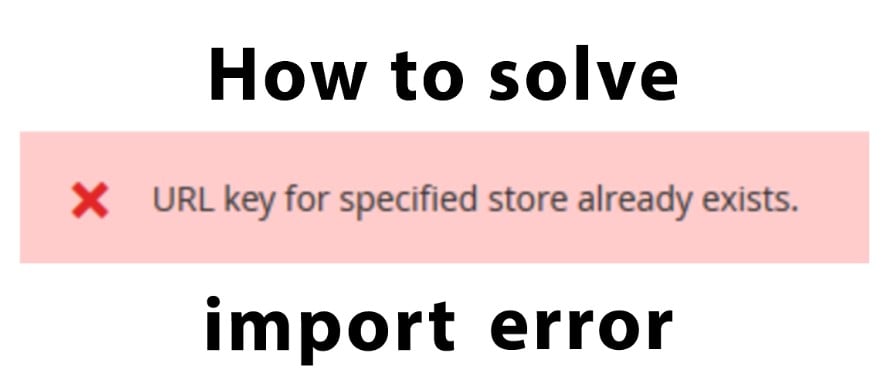Magento 2 Page Builder Import & Export

In the following article, we shed light on Magento 2 Page Builder. You will learn its core features. After that, we will focus on the Magento 2 Page Builder import and export. Since you cannot transfer anything to/from the tool via the platform’s default instruments, it is necessary to install a third-party extension. Below, we explore the most intuitive and easy-to-use solution aimed at recreating the missing functionality. Meet the Improved Import & Export extension. With its help, you can most efficiently import and export the data associated with Page Builder in Magento 2.
The blog post below unveils the most important facts about Magento Page Builder. You will learn about its drag-and-drop functionality, grid system, visual effects, flexible integrations, products, instant previews, schedules, etc. Besides, there is a technical introduction to the tool and a brief description of Bluefoot CMS as the foundation of the Page Builder in Magento. After that, the article switches to its key part – you will learn how to import and export data to/from Magento 2 Page Builder. Since the process incorporates the Improved Import & Export extension, you will also find its features described below.
Continue Reading





